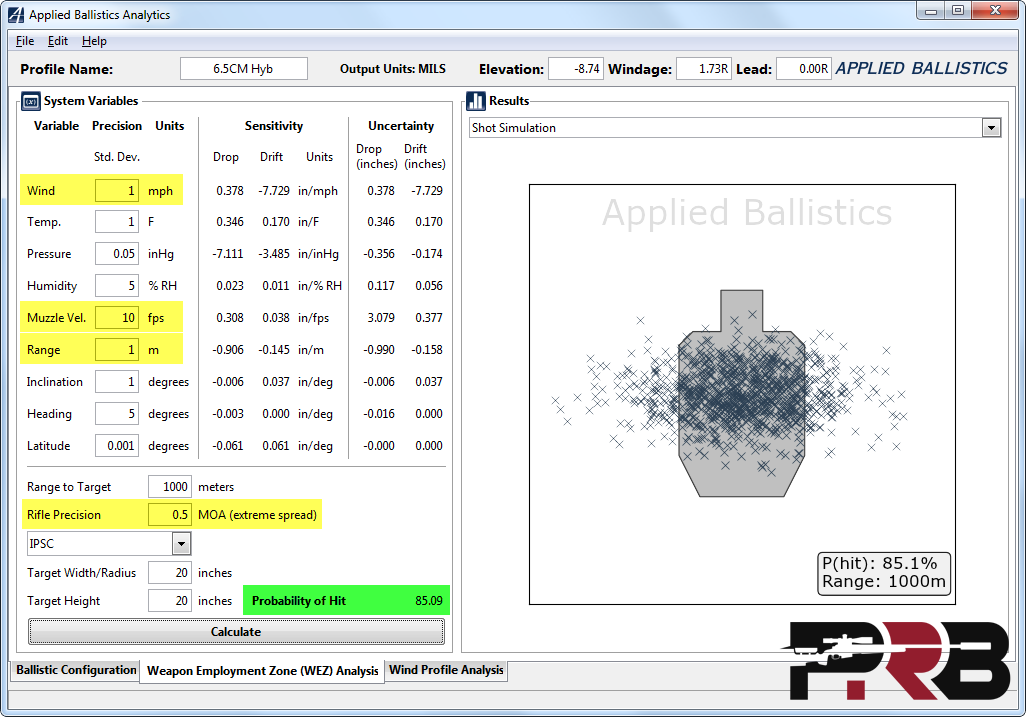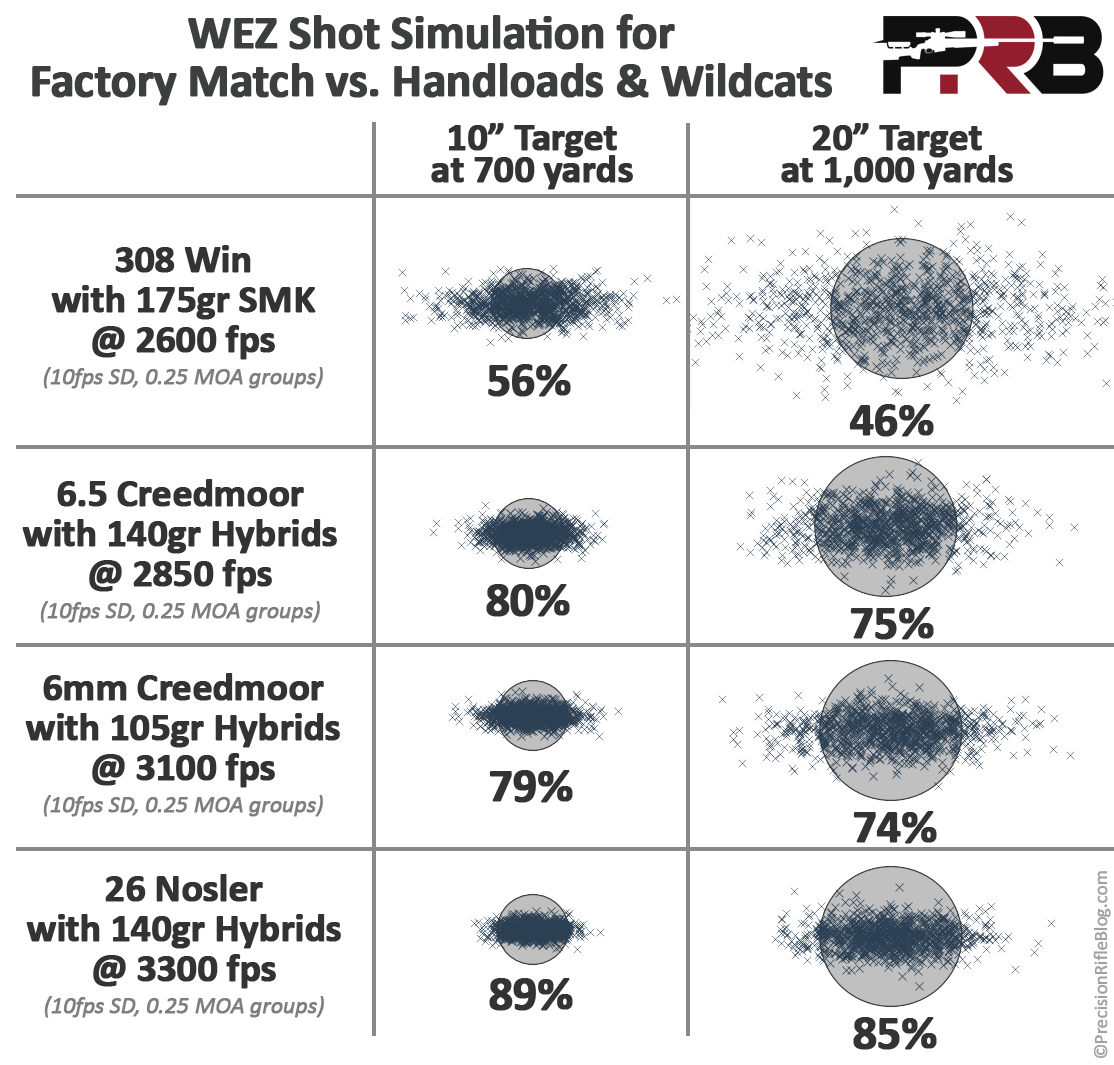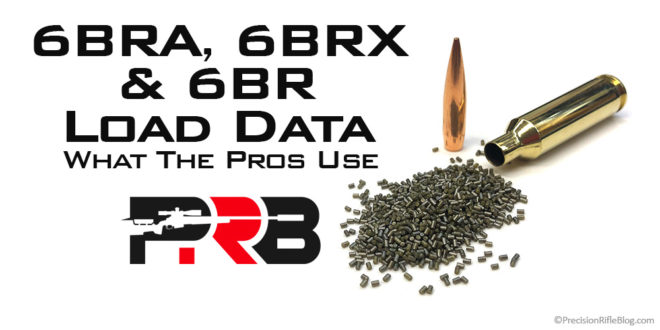Im working a load with my 300 win mag. I'm using IMR 4350 (this is the only powder I have available right now) with a Nosler 210gr RDF bullet. Im currently using Ruag brass and I've had good results in accuracy at 100 yards. Ive been trying to get my ES down by taking extra time to sort bullets and weigh powder. my scale is a major factor in my endeavor but its a super cheap Fankford Arsenal and it's very inaccurate. Out of a sample of 9 rounds (that actually read with my chronograph) using 67gr of powder I managed these results.
Avg: 2736 fps
SD:6
ES:20
I want to get the SD and ES as low as possible to aid with repeatability with turret adjustments. what scale would you recommend I get for very accurate results. what are some things I can do to help improve the SD and ES?
Avg: 2736 fps
SD:6
ES:20
I want to get the SD and ES as low as possible to aid with repeatability with turret adjustments. what scale would you recommend I get for very accurate results. what are some things I can do to help improve the SD and ES?




